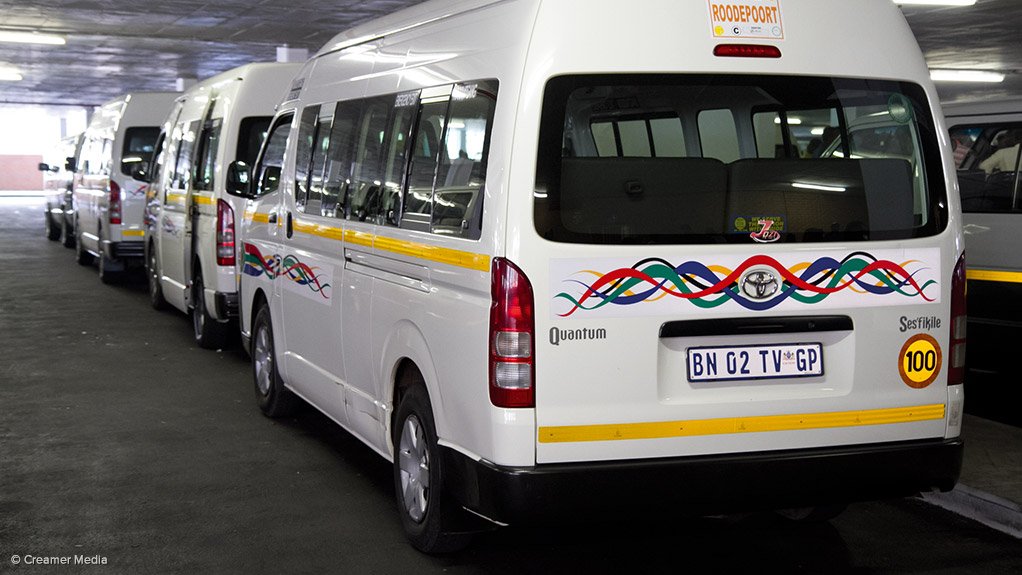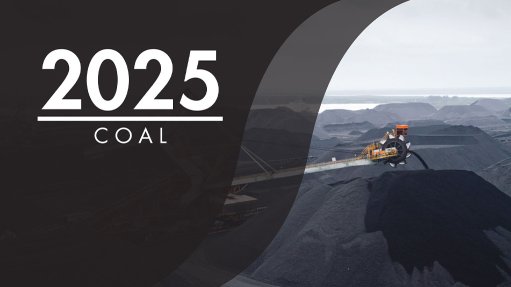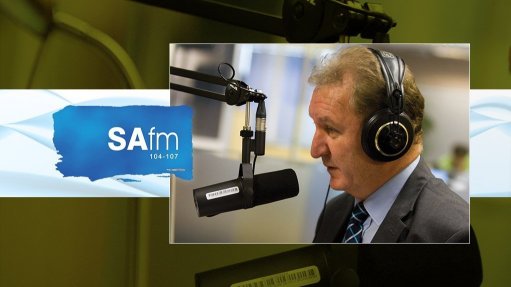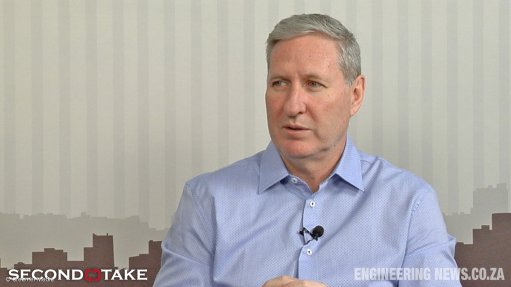Student unpacks key considerations for minibus electrification countrywide
Electrifying South Africa’s large minibus industry would greatly reduce carbon emission in the transport industry and contribute to more organised operations, University of Cape Town civil engineering student Anesu Jahura said this week.
He presented his research paper during the Southern African Transport Conference, in Pretoria, on July 10, making the case for investment into electrifying the minibus industry.
The transport industry currently contributes 20% to South Africa’s total carbon emissions, with between 250 000 and 300 000 minibus taxis being the main mode of transport for 10.7-million people.
Jahura highlighted that electric vehicles (EVs) are the most mature and scalable of the alternative vehicle technologies at the moment, as well as the easiest to integrate with charging infrastructure powered by renewable energy such as wind and solar.
Besides, with more investment into electrification, South African can help minimise the economic impact of R157-billion that is at risk of being lost from the EU and UK markets owing to import bans of internal combustion engine vehicles.
Only 0.01% of vehicles sold in South African in 2022 were electric, compared with 14% worldwide. South Africa is lagging behind in EV adoption and stronger efforts are needed to grow EVs’ share of the market, said Jahura.
However, electrifying the minibus taxi industry would require many considerations, with the main factors being vehicle characteristics, mobility operations (where and when the vehicles operate), charging operations (location and timing) and environmental impacts related to the sources of power generation.
The nature of the minibus taxi industry is that passenger demand varies, which will have a bearing on mobility operations, while vehicle capital expenditure and operational expenditure will impact on vehicle choices made.
In turn, the charging operations will have dependencies such as charging terminal capital and operational expenditure and electricity grid impact.
Further, Jahura said that, with South Africa’s baseload power largely comprising coal-fired power generation, it will have environmental impacts despite electrifying the minibuses to no-emission vehicles until renewable energy power generation scales up.
The mining and refining of raw materials used in battery packs also emit high amounts of greenhouse gases, with battery cell manufacturing accounting for 45% of emissions in the production value chain.
Regardless, Jahura said, EVs still have a lower lifetime emissions if a clean energy mix is used.
Other key considerations would be mobility efficiency such as kilowatt-hour used for each kilometer driven, appropriate battery capacities and charging rates.
Jahura suggested that with “loadshifting” or smart charging, the charging of large minibus fleets at taxi ranks could be made efficient, in addition to battery swapping where vehicles can switch to fully charged batteries.
He added that the minibus taxi industry was loosely scheduled and largely unregulated, with daily operations being based on expected demand and ad hoc changes. This pseudo-scheduling operation would not work in an electrified system and therefore formalised operations for mobility and charging schedules would be needed.
Jahura said minibus taxi owners and operators could be convinced to adhere to a more formalised operation when they are made aware of the economic benefits. He explained that, after eight years of operation, the EV minbuses become cheaper than diesel or petrol-driven vehicles and start to offset the higher capital expenditure cost.
Electric mobility as a business would require long-term strategic planning on demand analysis, trip locations and charging station locations, as well as due consideration of maintenance schedules, charging schedules and trip timetables, in addition to the driver’s scheduling.
MAIN HINDRANCES
Jahura pointed out South Africa currently has 435 EV charging stations installed, with each accommodating five vehicles at a time.
To accommodate EV minbuses, a significantly greater number of charging stations would be required, but Jahura was confident that the private sector could spearhead this investment, with some government or international funding to assist.
The feasibility of countrywide electrification would depend on the right energy sources and efficient operational planning, he stated, adding that limited electricity supply and distribution infrastructure would be a key concern, given that 11.3% of additional generation capacity would be required for a national electrified minibus fleet.
With taxi owners’ vehicle choices being largely based on capital budgets and expected operational cost, the high import duties for EVs are a hindrance for EV purchases.
Local manufacturing of electric minibus taxis or large-scale retrofitting could mitigate these high capital costs, as well as create jobs.
Again, Jahura reiterated, high capital costs can be offset with operational savings over the lifecycle of the vehicle.
He cited other researchers in his paper who found that electric minibus taxi use between 0.49 kWh/km and 0.51 kWh/km.
Driving behaviour, weather factors and road infrastructure can, whoever, impact on efficiency.
To summarise Jahura said minibus taxi electrification creates a complex web of factors and dependencies, with mobility and charging operations, as well as their costs and grid impacts, being key considerations.
The potential environmental benefits would largely depend on the energy mix used and vehicle characteristics. Jahura recommended further research into the social aspects of minibus electrification and treating all factors as interconnected, thereby requires a holistic approach to construction and management.
Article Enquiry
Email Article
Save Article
Feedback
To advertise email advertising@creamermedia.co.za or click here
Comments
Announcements
What's On
Subscribe to improve your user experience...
Option 1 (equivalent of R125 a month):
Receive a weekly copy of Creamer Media's Engineering News & Mining Weekly magazine
(print copy for those in South Africa and e-magazine for those outside of South Africa)
Receive daily email newsletters
Access to full search results
Access archive of magazine back copies
Access to Projects in Progress
Access to ONE Research Report of your choice in PDF format
Option 2 (equivalent of R375 a month):
All benefits from Option 1
PLUS
Access to Creamer Media's Research Channel Africa for ALL Research Reports, in PDF format, on various industrial and mining sectors
including Electricity; Water; Energy Transition; Hydrogen; Roads, Rail and Ports; Coal; Gold; Platinum; Battery Metals; etc.
Already a subscriber?
Forgotten your password?
Receive weekly copy of Creamer Media's Engineering News & Mining Weekly magazine (print copy for those in South Africa and e-magazine for those outside of South Africa)
➕
Recieve daily email newsletters
➕
Access to full search results
➕
Access archive of magazine back copies
➕
Access to Projects in Progress
➕
Access to ONE Research Report of your choice in PDF format
RESEARCH CHANNEL AFRICA
R4500 (equivalent of R375 a month)
SUBSCRIBEAll benefits from Option 1
➕
Access to Creamer Media's Research Channel Africa for ALL Research Reports on various industrial and mining sectors, in PDF format, including on:
Electricity
➕
Water
➕
Energy Transition
➕
Hydrogen
➕
Roads, Rail and Ports
➕
Coal
➕
Gold
➕
Platinum
➕
Battery Metals
➕
etc.
Receive all benefits from Option 1 or Option 2 delivered to numerous people at your company
➕
Multiple User names and Passwords for simultaneous log-ins
➕
Intranet integration access to all in your organisation



















